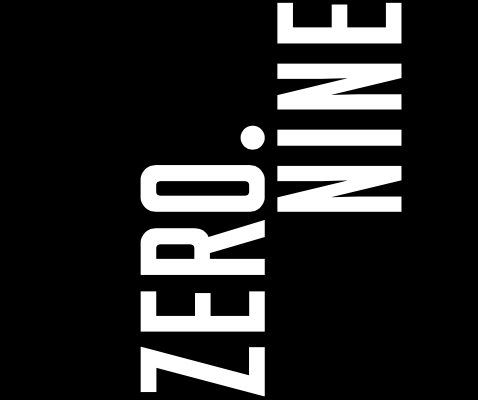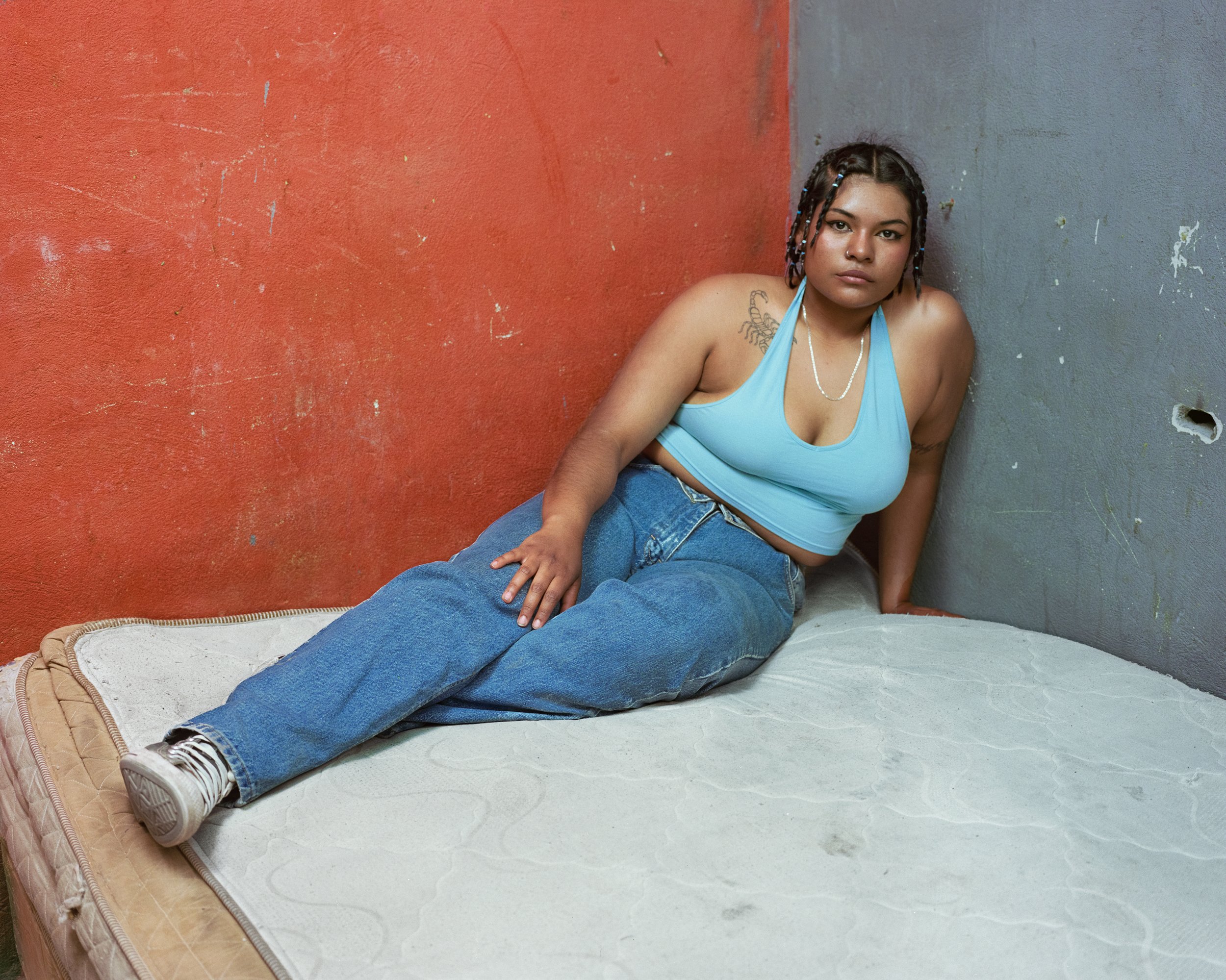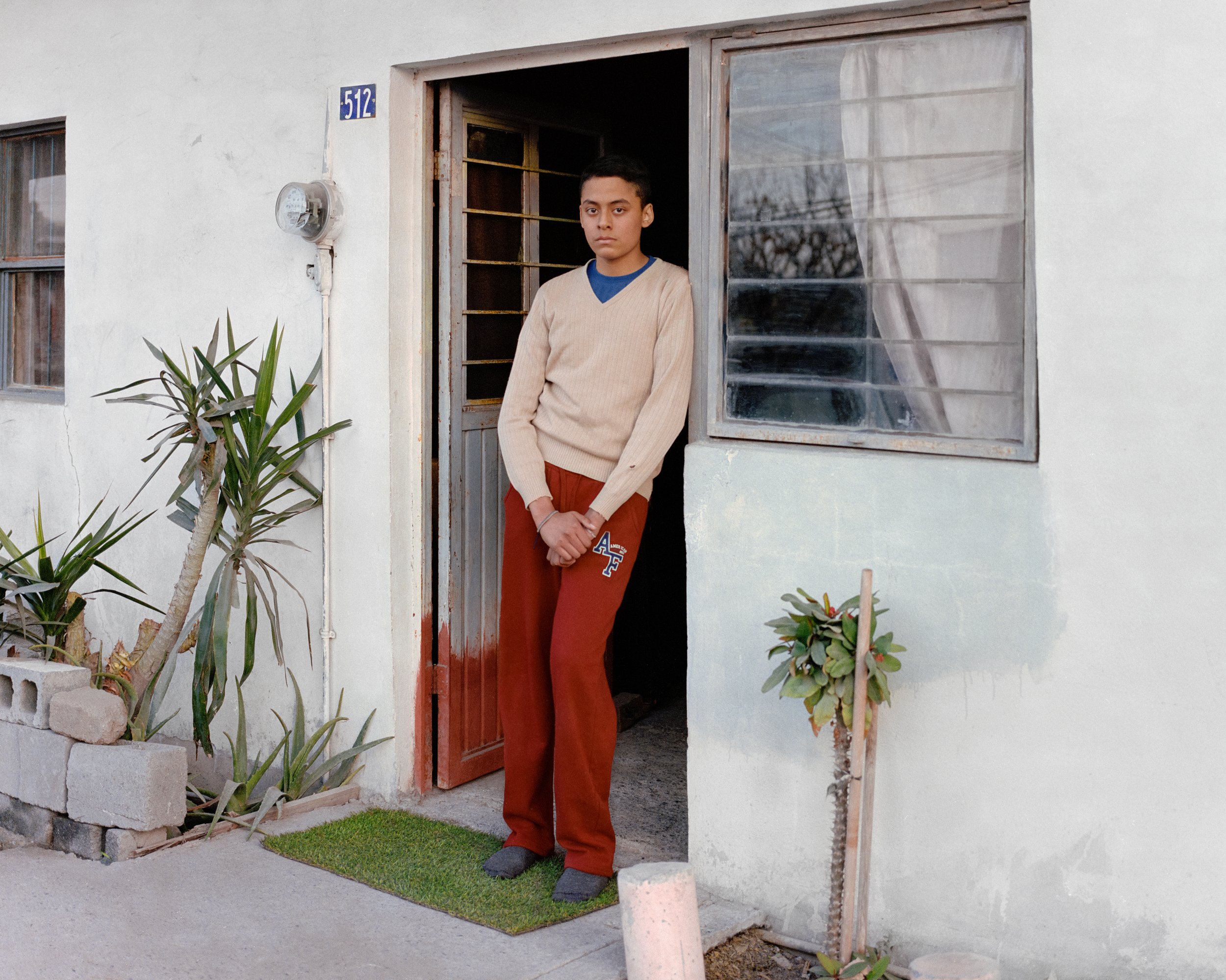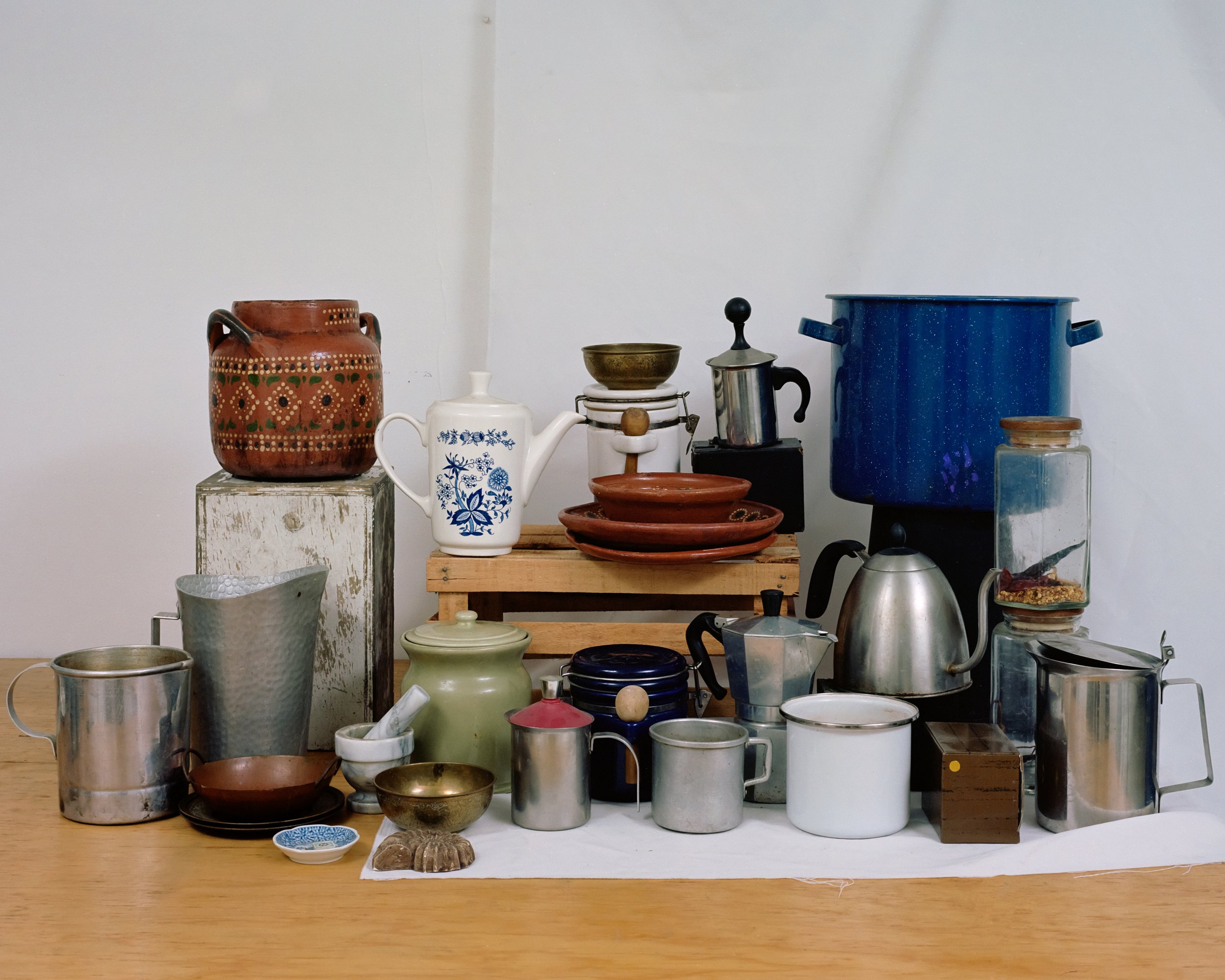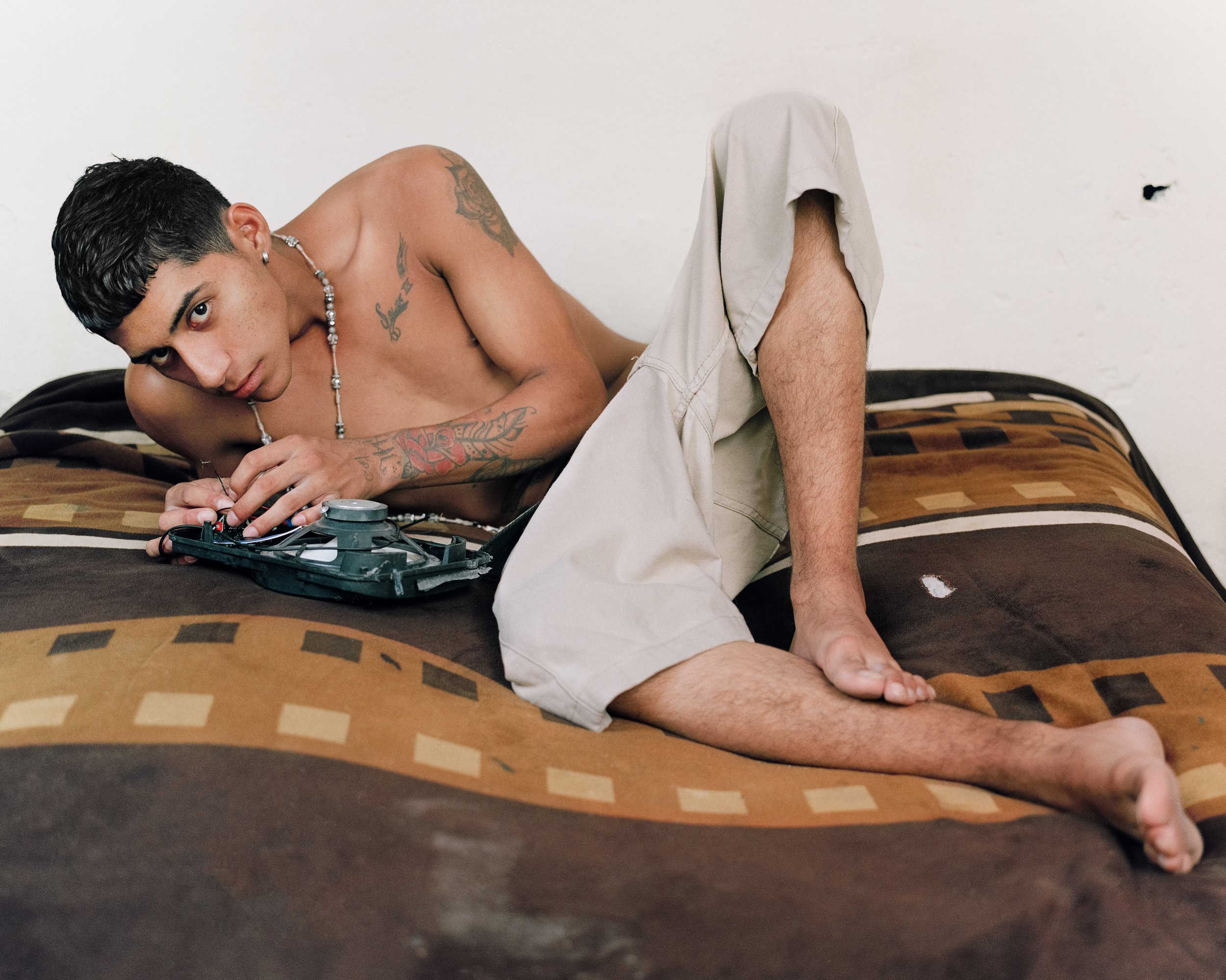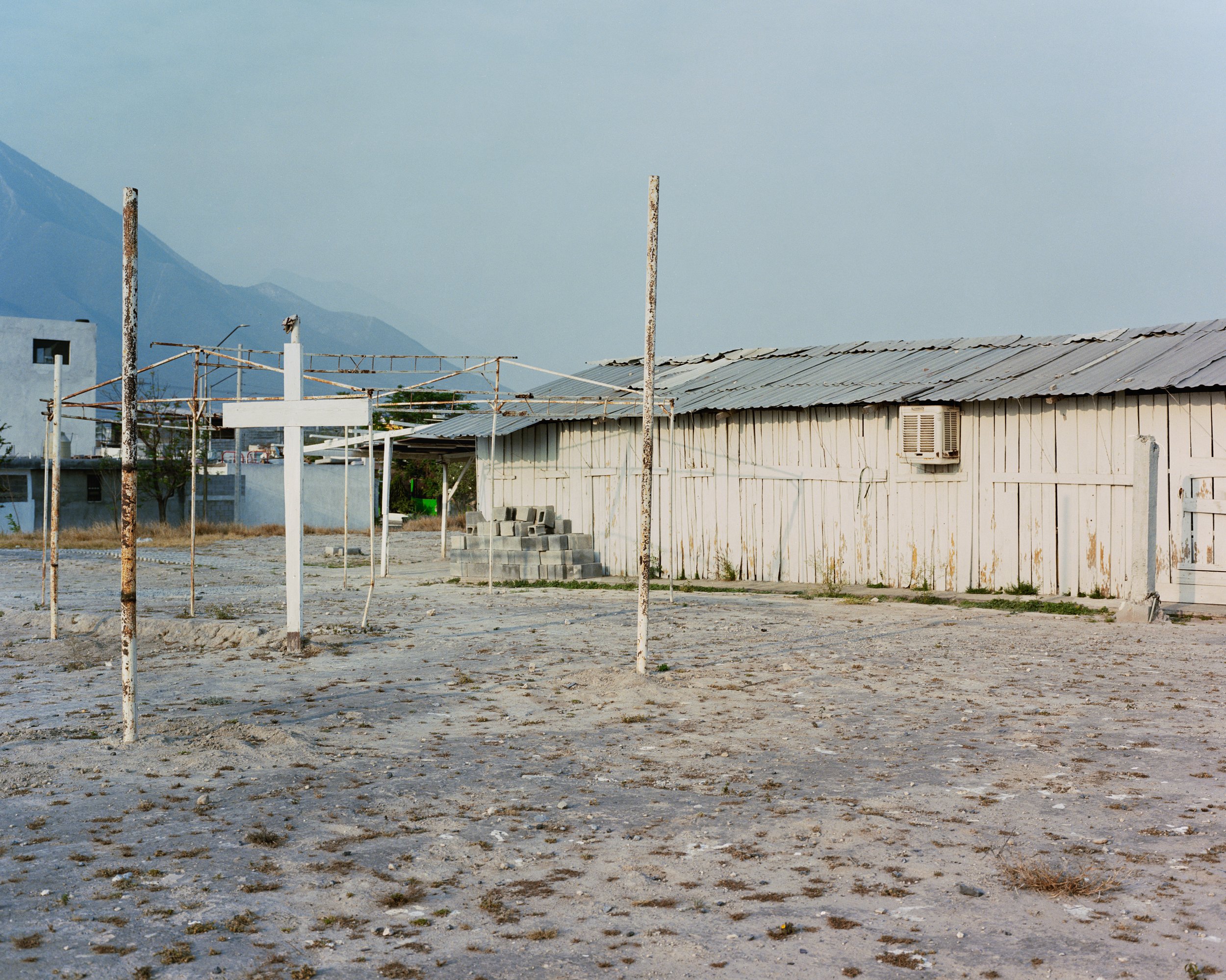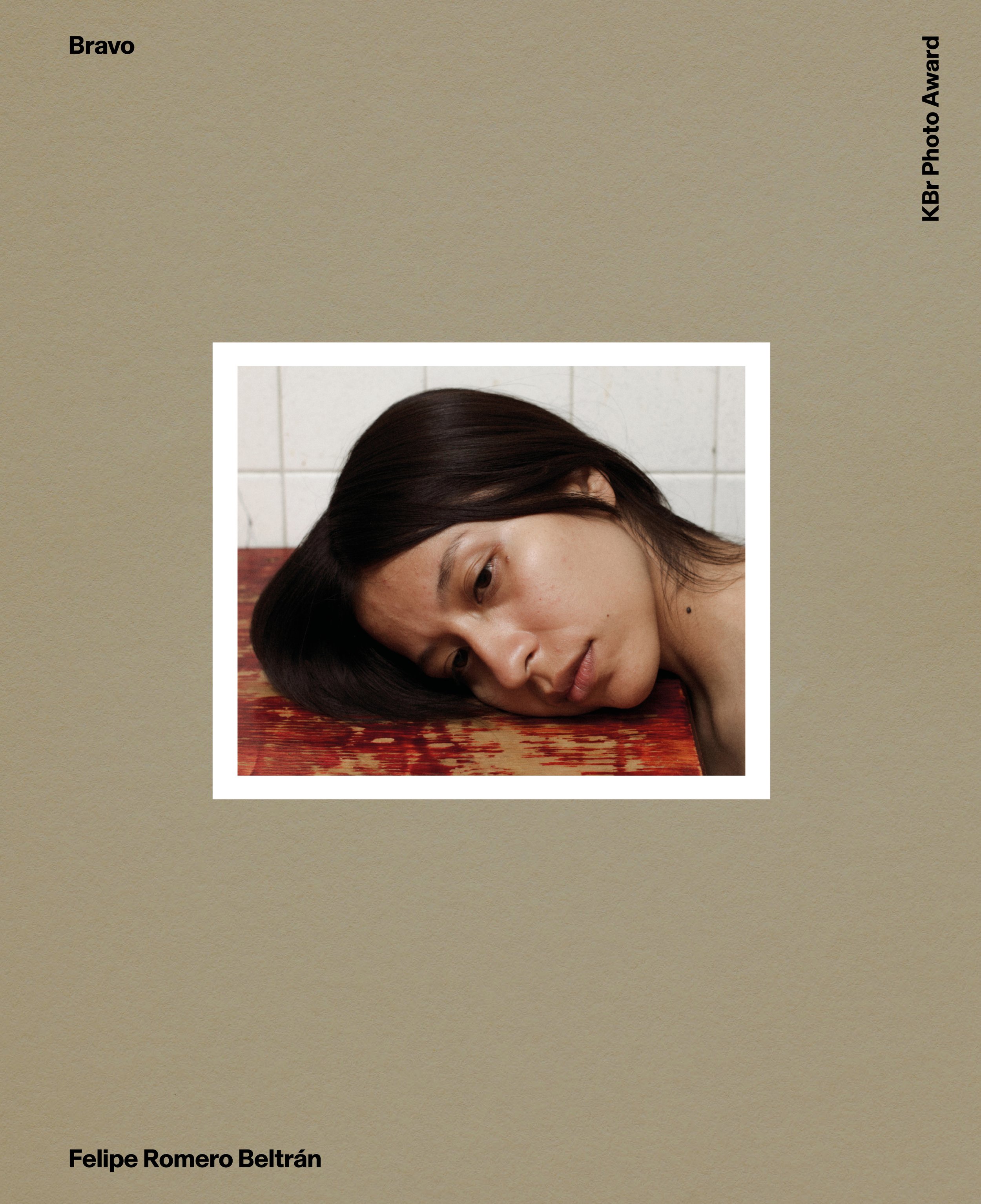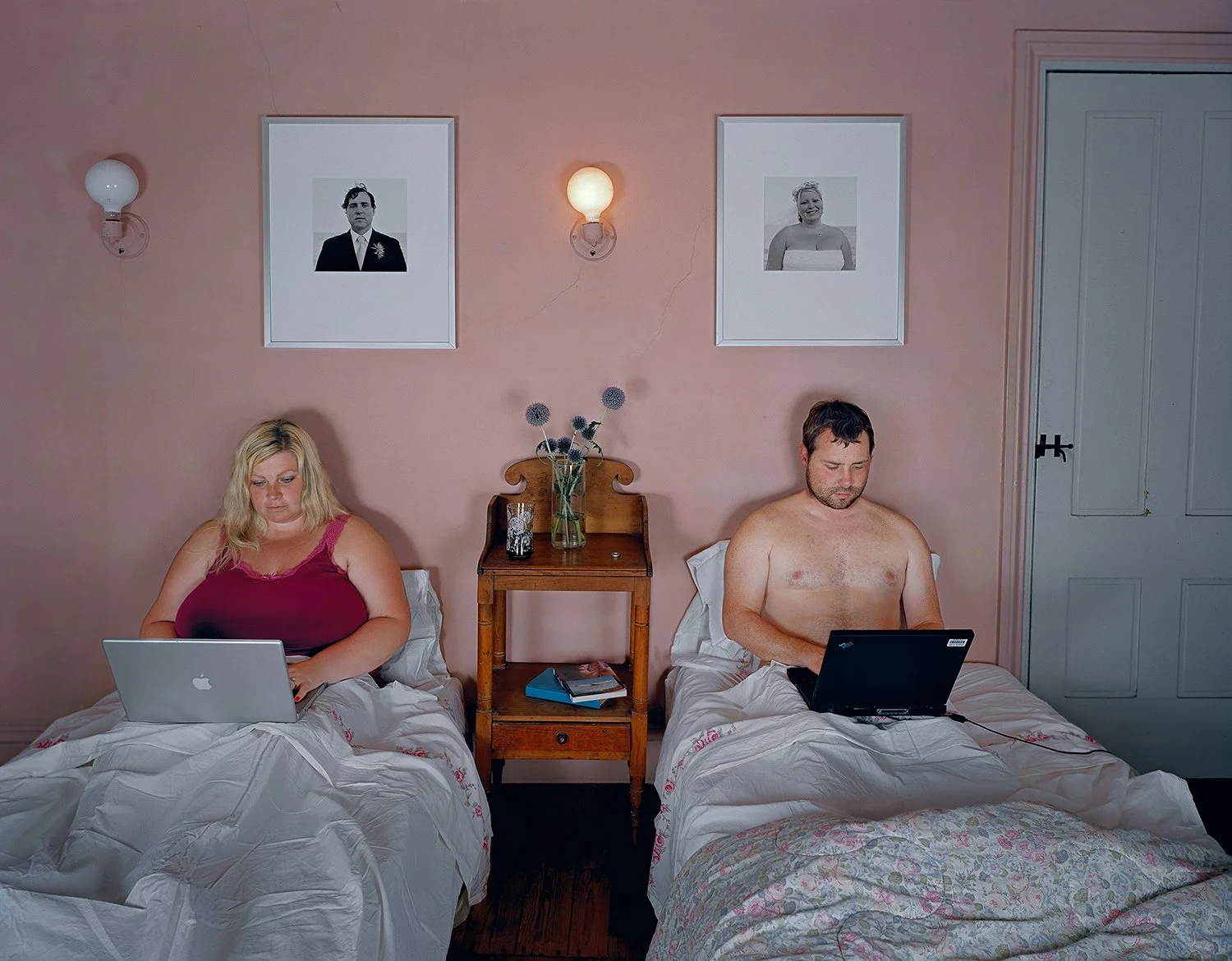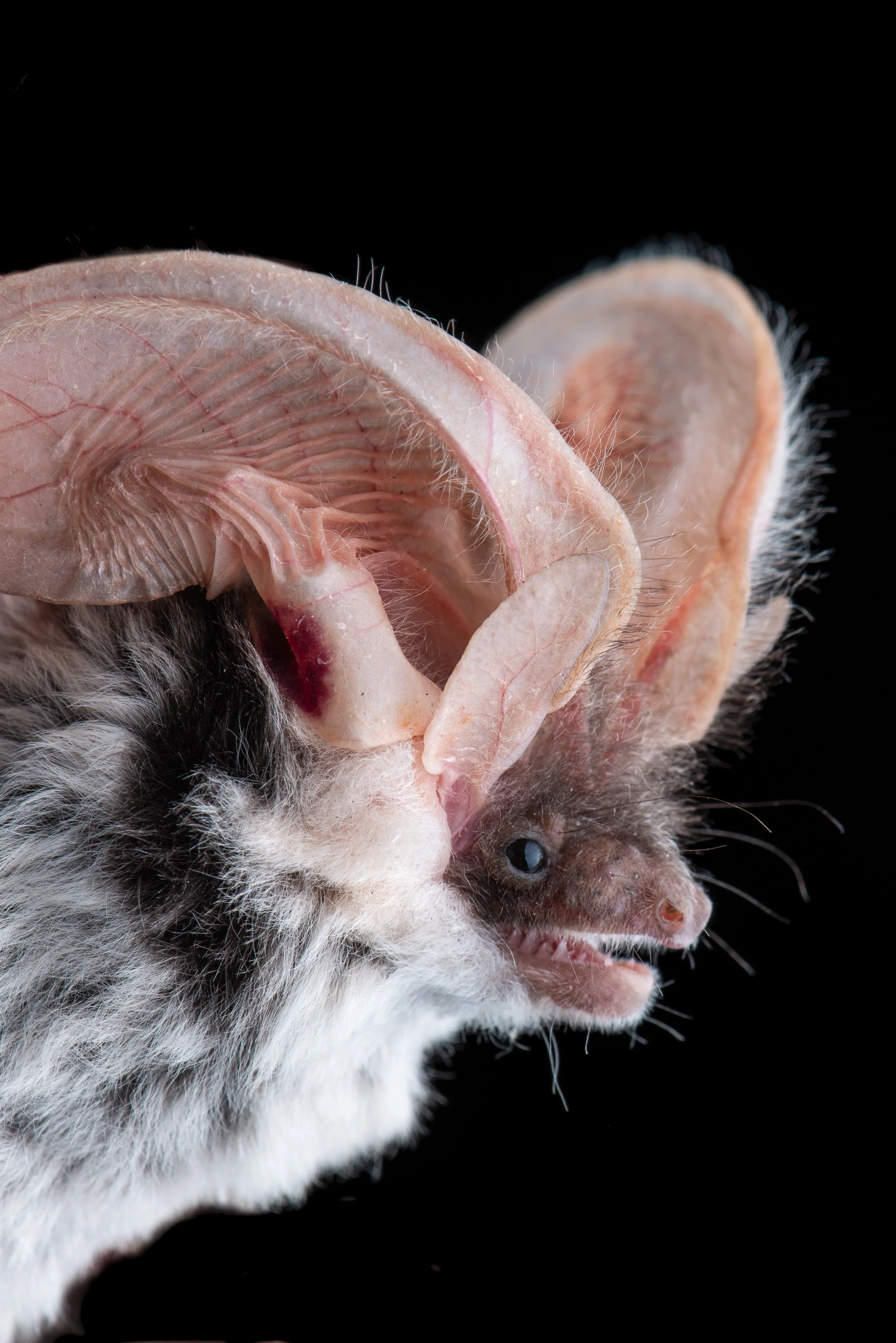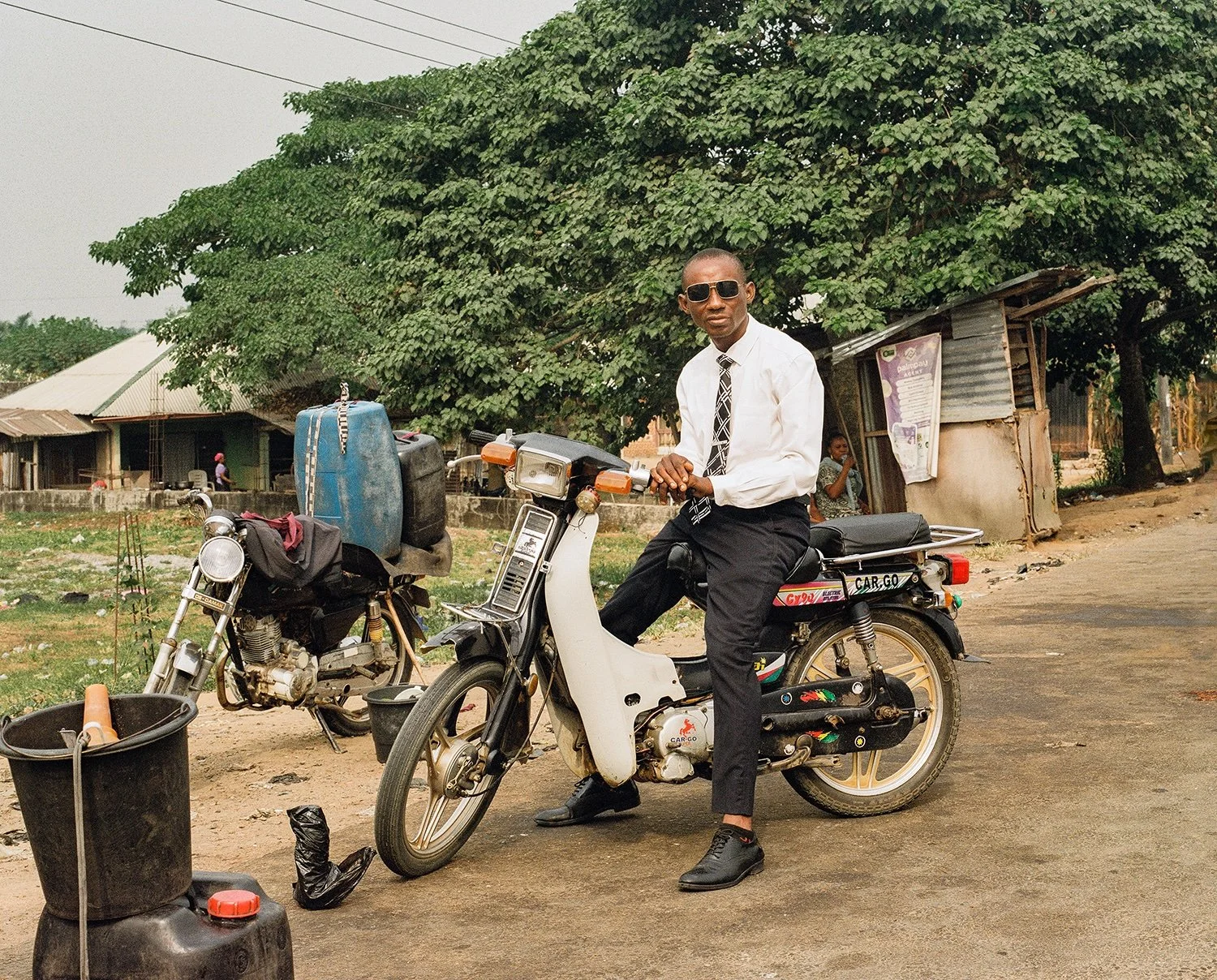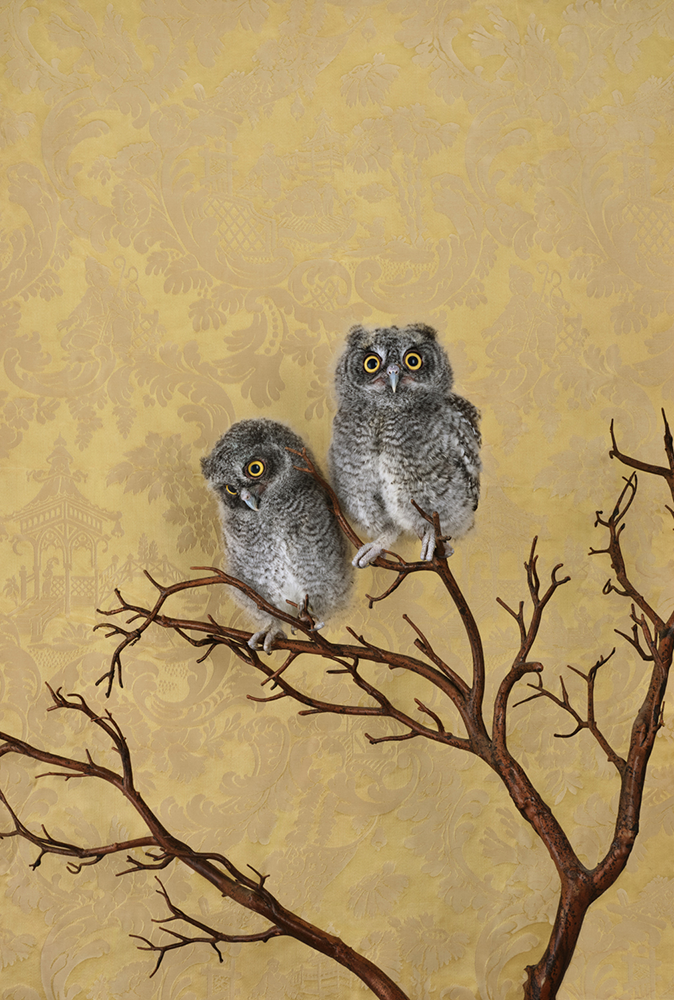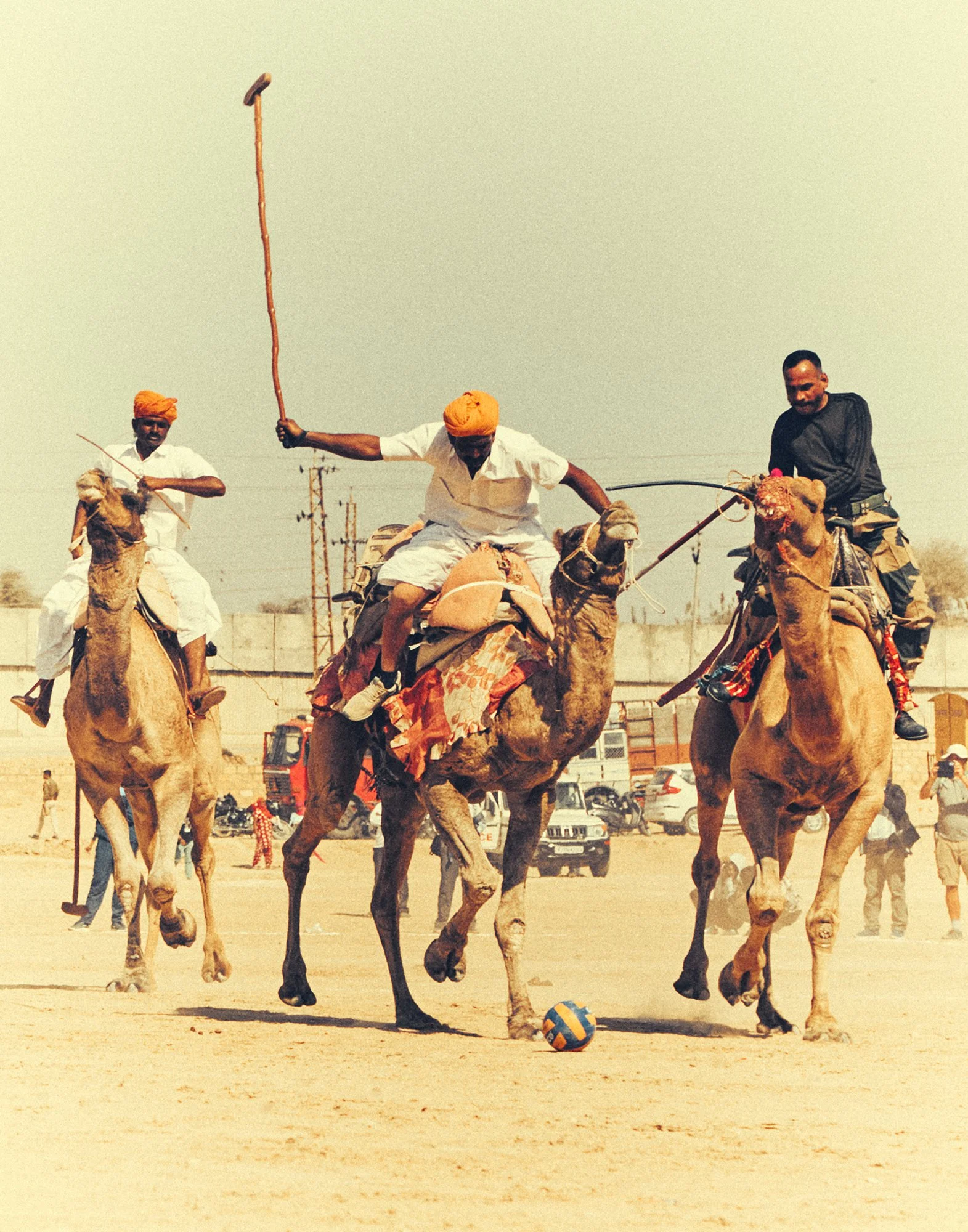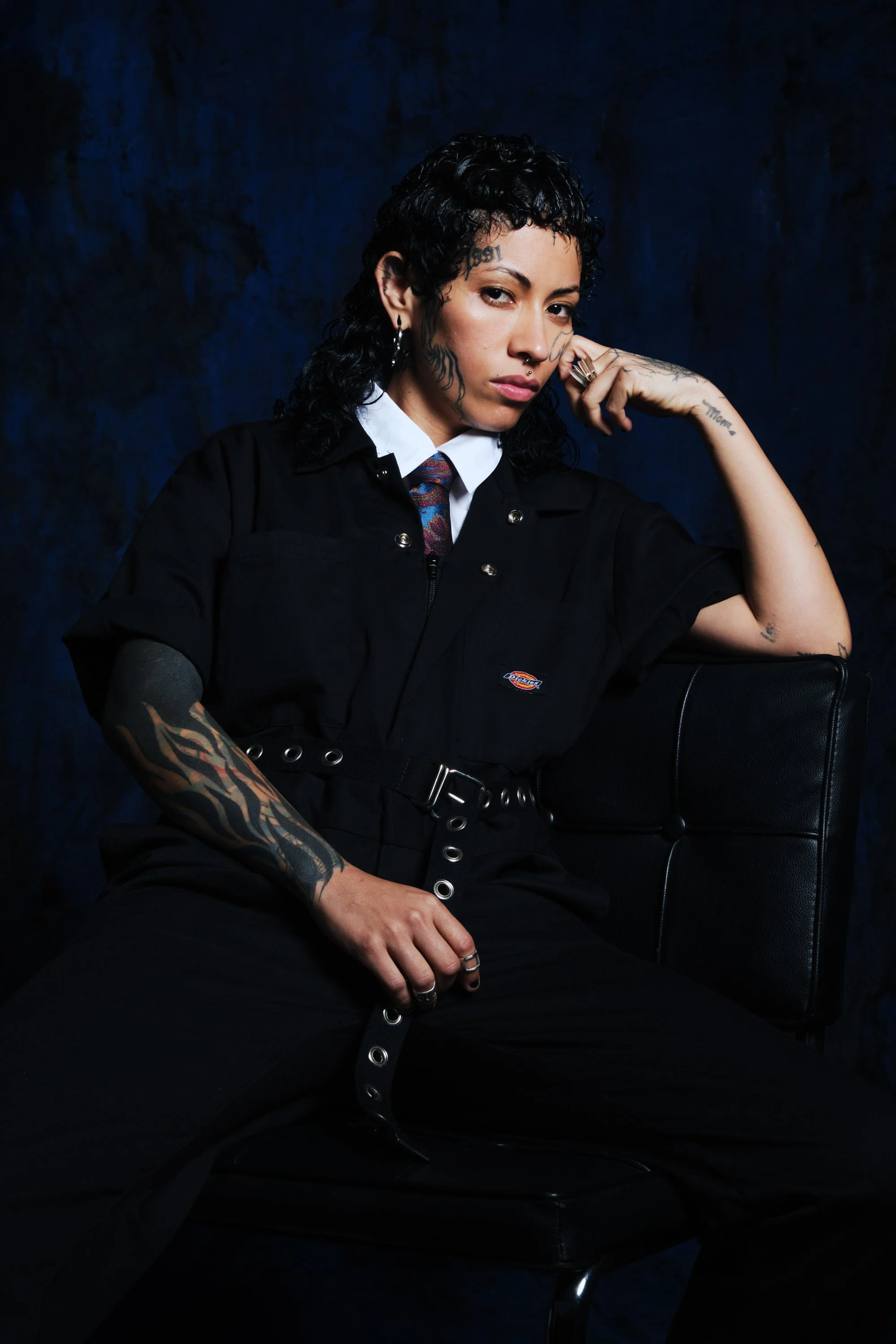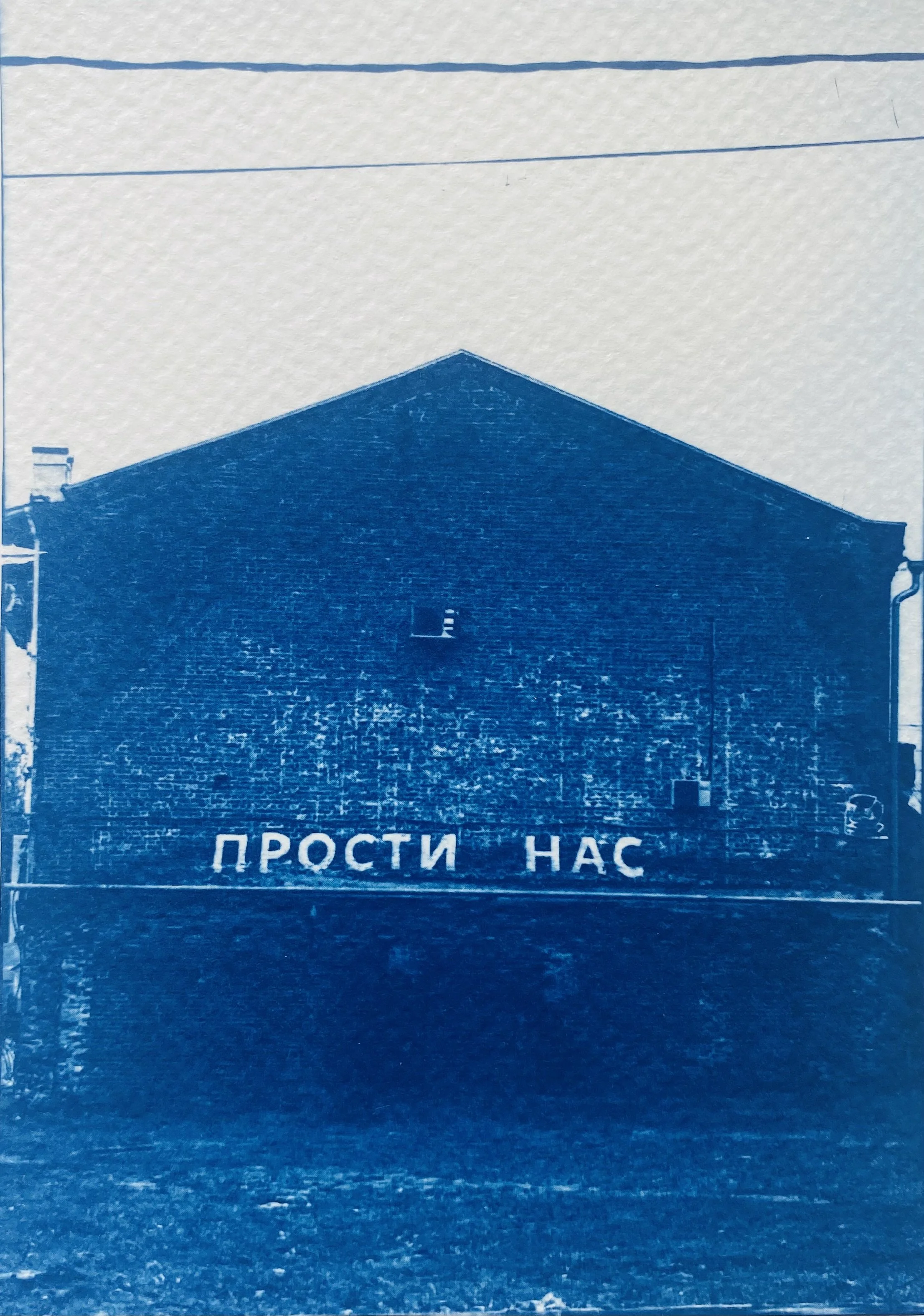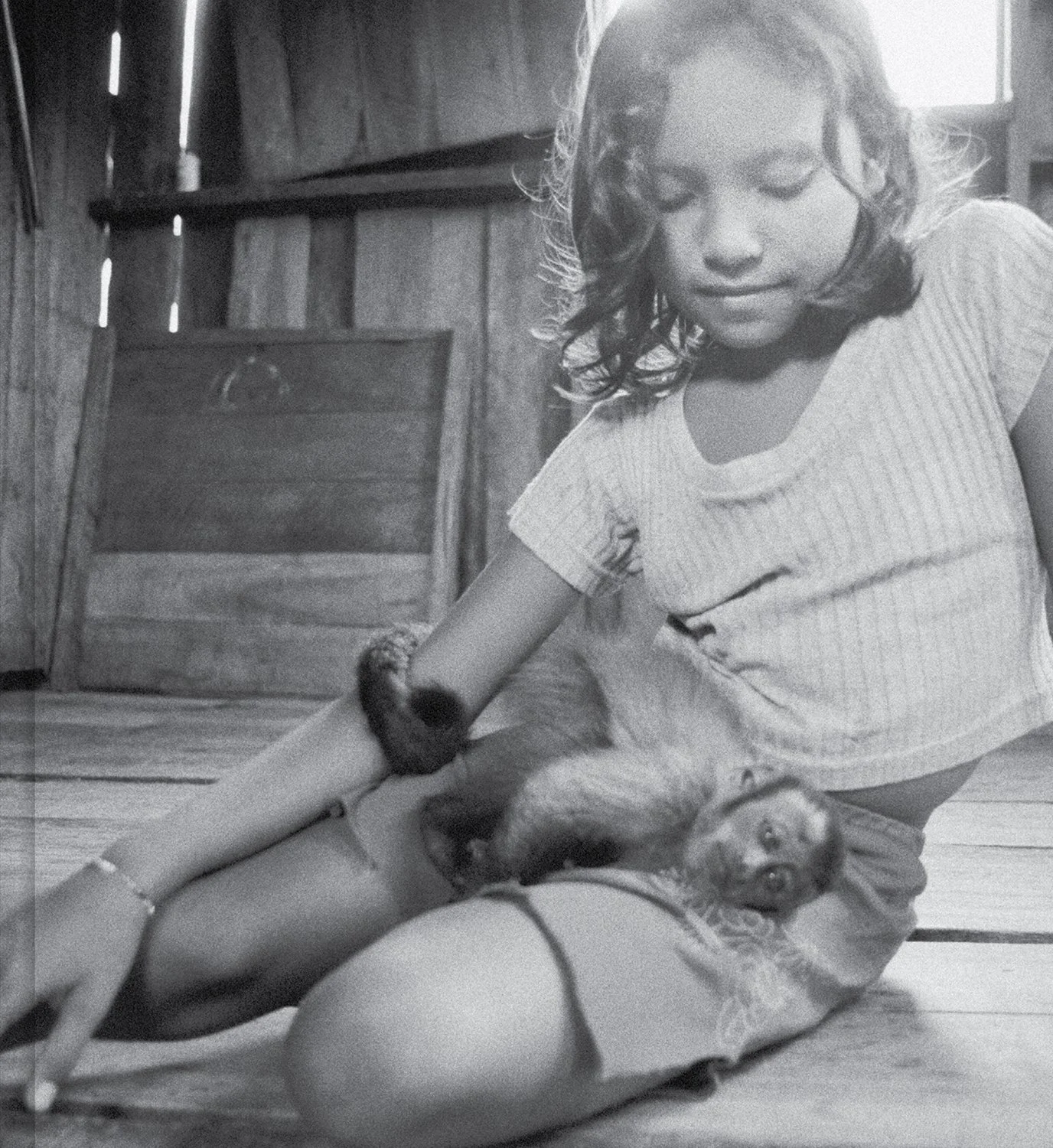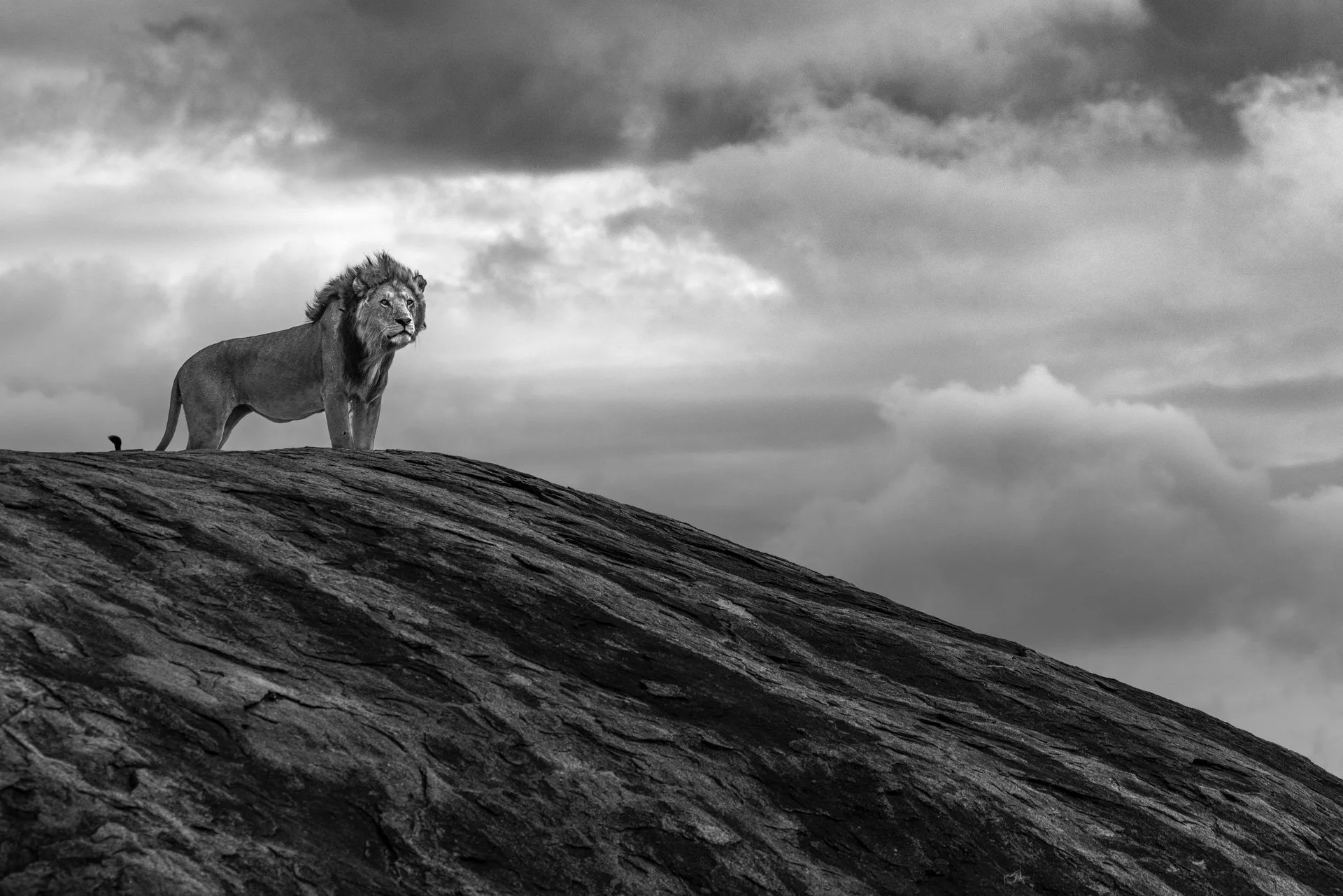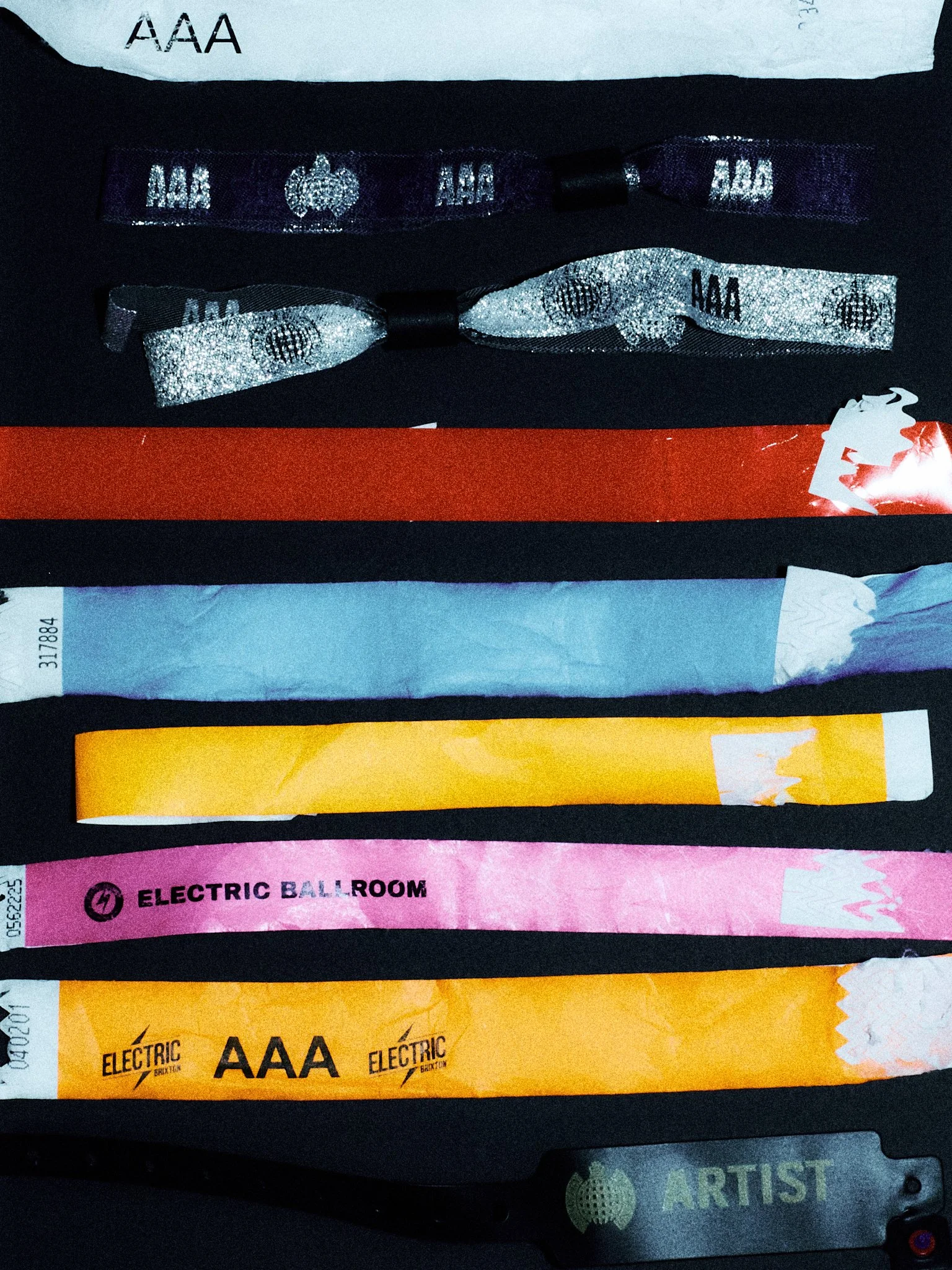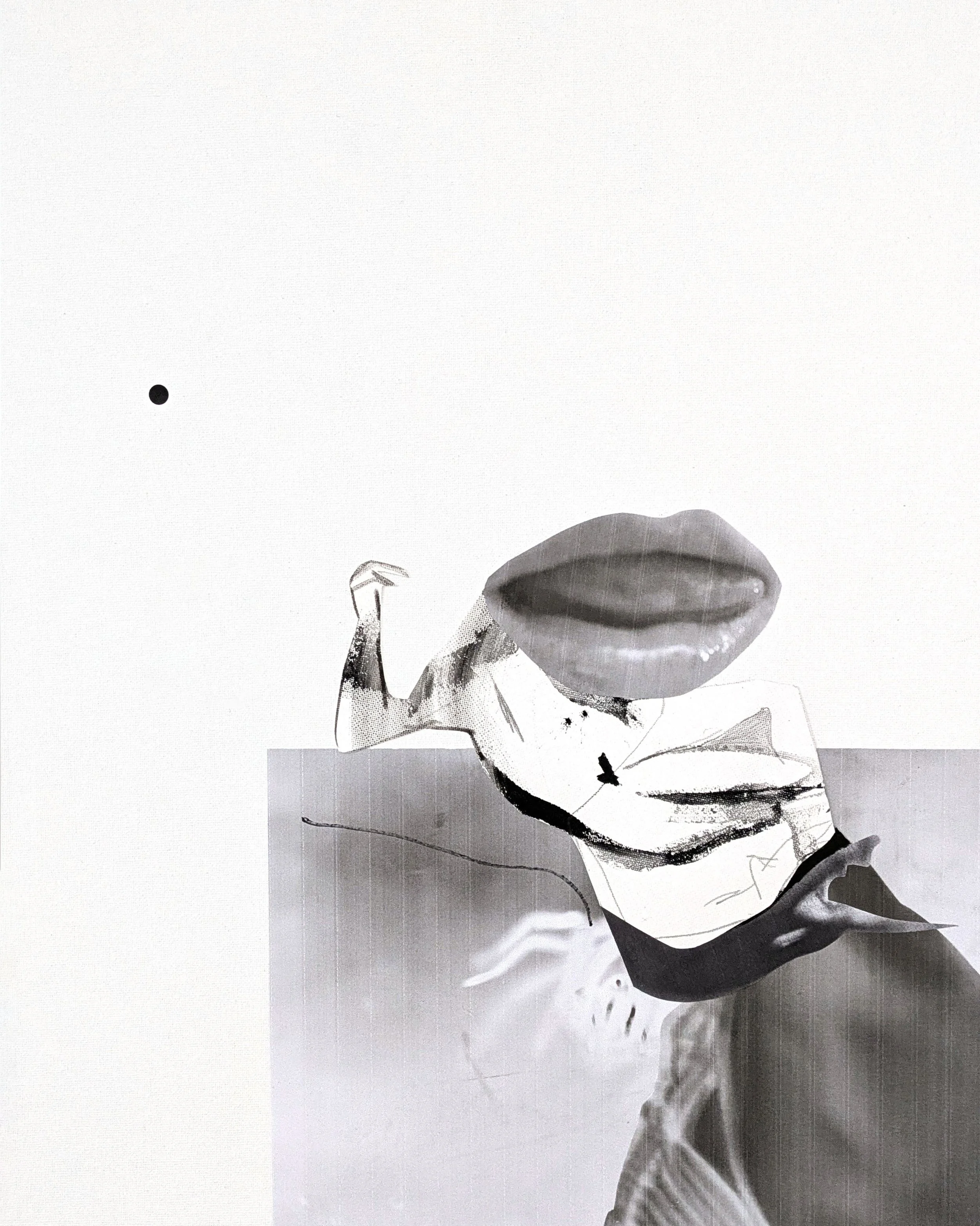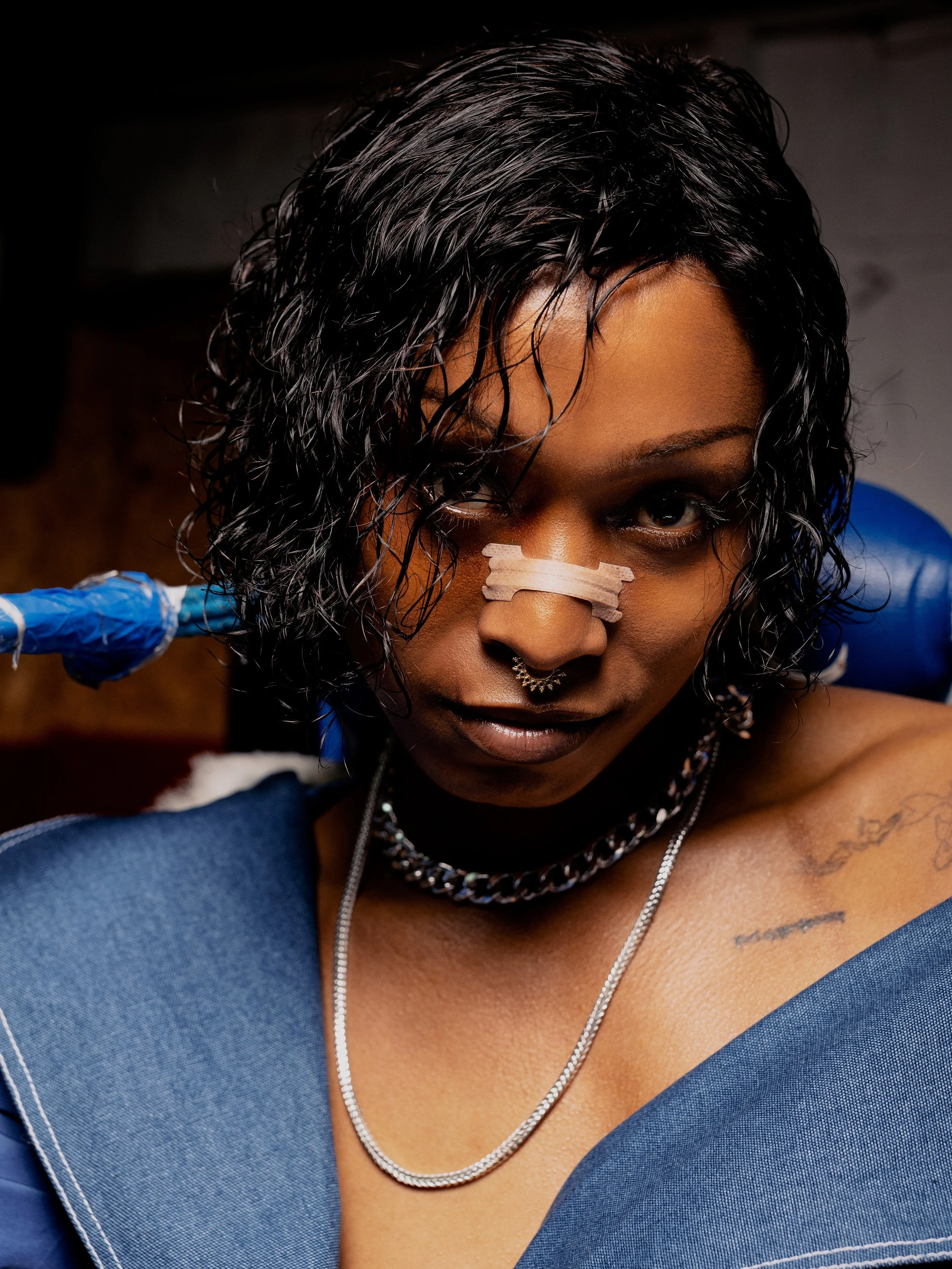Bravo
In Bravo, artist Felipe Romero Beltrán crafts a quiet yet powerful meditation on migration, identity, and resilience along the US–Mexico border. Set within the charged landscape of the Rio Bravo, his work captures the tension of waiting, where absence speaks as loudly as presence and time itself becomes a suspended, fragile state.
Photography Felipe Romero Beltrán© Felipe Romero Beltrán 2025 courtesy Loose Joints / Fundacíon MAPFRE.
Published by Loose Joints, Bravo situates itself in the liminal space of the Rio Bravo, a 270-kilometre stretch of river where geography and identity collide in an ongoing narrative of migration and uncertainty. In this landscape marked by crossings and confinements, the river becomes a silent protagonist, shaping the lives of those who approach it but rarely appearing within the frame.
Felipe Romero Beltrán constructs an elusive visual language through stark portraits, austere interiors, and scarred terrain. His images reflect the suspended time of migration, where individuals and families wait in an extended state of in-betweenness, caught between departure and arrival, legality and invisibility.
Structured in three chapters, Endings, Bodies, and Breaches, Bravo examines the aesthetic and political conditions of the border. Romero Beltrán’s precise, formal compositions reveal the quiet dignity and exhaustion of his subjects, while imbuing everyday objects with symbolic weight: a speaker, a mattress, a red table. These details speak to lives shaped by displacement, resilience, and the bureaucratic violence of waiting.
In its restrained and rigorous approach, Bravo resists simplified narratives. It interrogates the politics of representation, challenging dominant visual codes of identification and classification. Through this, Romero Beltrán offers not only a meditation on the border, but a broader reflection on the limits of image-making in times of social control and human precarity.
© Felipe Romero Beltrán 2025 courtesy Loose Joints / Fundacíon MAPFRE.
© Felipe Romero Beltrán 2025 courtesy Loose Joints / Fundacíon MAPFRE.
© Felipe Romero Beltrán 2025 courtesy Loose Joints / Fundacíon MAPFRE.
“Bravo captures the precarious experience of waiting: for documentation, for movement, for a sense of belonging.”
© Felipe Romero Beltrán 2025 courtesy Loose Joints / Fundacíon MAPFRE.
© Felipe Romero Beltrán 2025 courtesy Loose Joints / Fundacíon MAPFRE.
© Felipe Romero Beltrán 2025 courtesy Loose Joints / Fundacíon MAPFRE.
© Felipe Romero Beltrán 2025 courtesy Loose Joints / Fundacíon MAPFRE.
About Felipe
Felipe Romero Beltrán (b. 1992) is a Colombian photographer based in Paris. Beltrán focuses on social issues, dealing with the tension that new narratives introduce in the field of documentary photography. His practice, characterized by its interest in social matters, is the result of long-term projects accompanied by extensive research on the subject. Beltrán completed a PhD in photography at the Complutense University of Madrid in 2023. His acclaimed series Dialect was published by Loose Joints in 2023 and was shortlisted for Photobook of the Year at the 2023 Aperture–Paris Photo PhotoBook Awards. Romero Beltrán was the winner of the 2023 Paul Huf Award, the 2022 Aperture Portfolio Prize, the Prix pour la photographie du musée du quai Branly – Jacques Chirac 2024, and is shortlisted for the Prix d'Elysée 2025.
To see more of Felipe’s work follow him on Instagram
About Loose Joints
Loose Joints is an award-winning independent publishing house based between Marseille and London, founded by Sarah Chaplin Espenon and Lewis Chaplin in 2014. Loose Joints collaborates with leading and emerging artists on contemporary approaches to photography in book form. We circulate new visual perspectives through a dedicated list seeking to elevate underrepresented voices in photographic discourse. Our holistic approach to publishing allows us to work in close collaboration with artists from start to finish, with all design, editing and production done in-house. Loose Joints also operates independently as a design studio, working across publishing and the arts. Loose Joints is currently based in Marseille, where it also runs Ensemble, a bookshop and gallery dedicated to contemporary photography.
To see more of Loose Joints’s work follow them on Instagram
